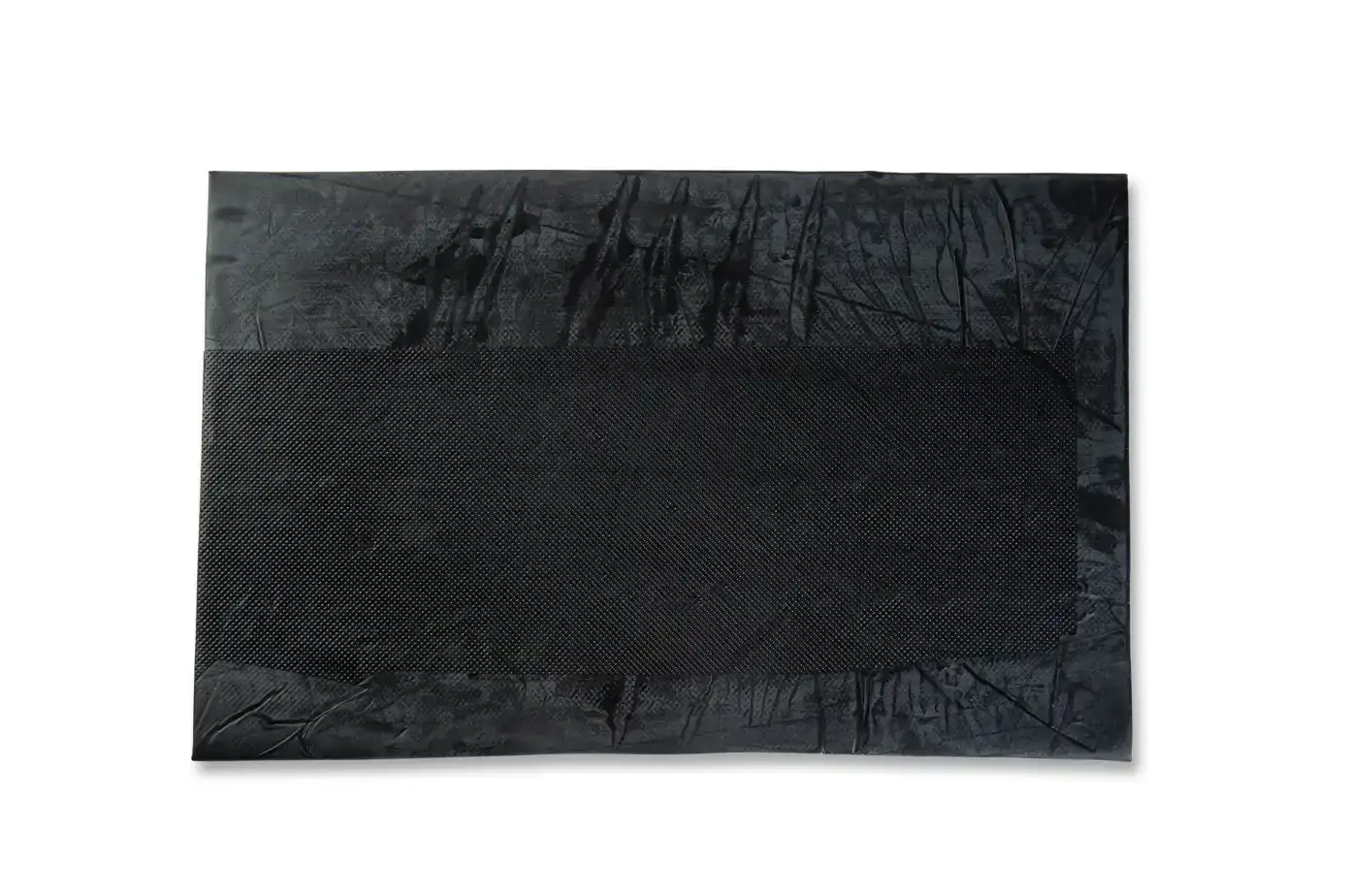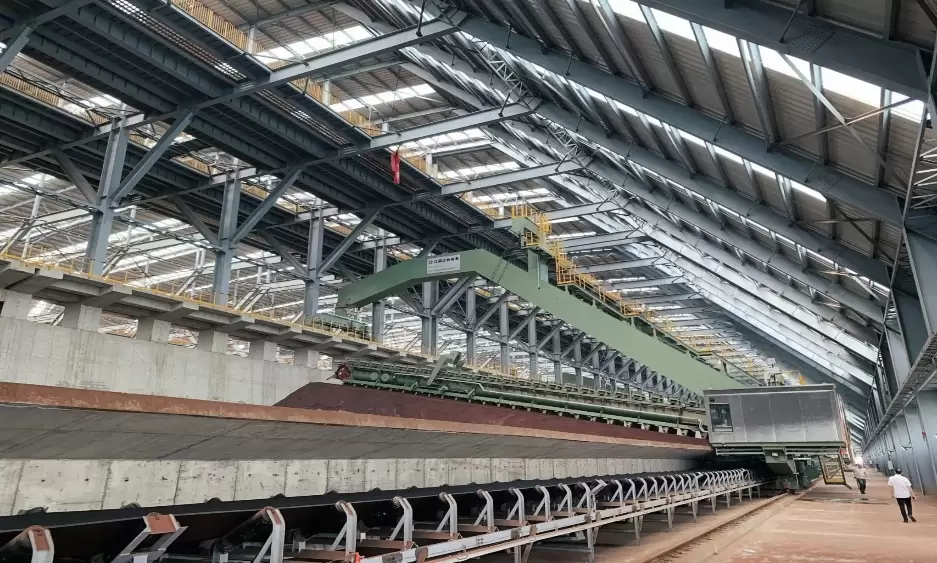Enhancing Oilfield Operations with High-Performance Rubber Raw Material

In the oil and gas industry, where extreme conditions and high-stress environments are the norm, material selection plays a pivotal role in ensuring equipment performance, longevity, and safety. Among the most critical materials in oilfield applications are rubber raw materials, which are widely used for their excellent mechanical properties, flexibility, and chemical resistance. From sealing components to vibration dampening, rubber raw materials are indispensable in the design and manufacturing of oilfield tools and equipment. This article explores the various applications of rubber raw materials in oilfield operations, the key properties that make them essential, and the best practices for utilizing them in high-demand environments.

The Importance of Rubber Raw Materials in Oilfield Operations
Oilfield operations involve complex machinery and systems that are exposed to harsh conditions, including high pressures, extreme temperatures, abrasive environments, and aggressive chemicals. The materials used in these operations must meet stringent performance criteria to ensure reliability and prevent costly failures. Rubber raw materials are uniquely suited for this purpose due to their diverse range of properties, including excellent elasticity, high abrasion resistance, superior sealing capabilities, and resistance to chemicals such as hydrocarbons, acids, and alkalis. These properties make rubber an ideal choice for components such as seals, gaskets, hoses, packers, blowout preventers, and vibration isolators. Additionally, rubber raw materials can be engineered to meet specific requirements, such as resistance to sour gas (H₂S), compatibility with drilling fluids, or enhanced mechanical strength for downhole tools. This versatility allows oilfield operators to tailor rubber components for optimal performance in different applications and environments.
Applications of Rubber Raw Materials in the Oilfield Industry
1. Seals and Gaskets
One of the most common applications of rubber raw materials in the oilfield industry is in the production of seals and gaskets. These components are critical for maintaining fluid integrity in pipelines, valves, and equipment under high-pressure and high-temperature (HPHT) conditions. Rubber seals, such as O-rings and lip seals, are designed to prevent leaks and withstand compression, deformation, and chemical exposure. Materials like nitrile rubber (NBR), hydrogenated nitrile rubber (HNBR), and fluorocarbon rubber (FKM) are commonly used for their excellent resistance to hydrocarbons, elevated temperatures, and sour gas environments. Gaskets made from rubber raw materials provide reliable sealing between flanged connections and are often reinforced with metal or fabric for added strength. Their ability to absorb mechanical stress and maintain tight seals under fluctuating conditions makes them indispensable in oilfield operations.
2. Packers and Downhole Tools
Packers are downhole tools used to isolate zones within a wellbore, ensuring effective pressure management and production control. The rubber elements in packers must possess exceptional resilience to deform under pressure and create a secure seal against the wellbore casing. Rubber raw materials used in packers are specifically engineered for HPHT environments, with high tear strength, chemical resistance, and low permeability. Materials such as hydrogenated nitrile rubber (HNBR) and ethylene propylene diene monomer (EPDM) are often selected for their ability to perform in harsh downhole conditions. Downhole tools such as drill bits, stabilizers, and rotary seals also rely on rubber components to absorb shocks, dampen vibrations, and prevent wear. These applications highlight the importance of using high-quality rubber raw materials that can endure extreme mechanical stresses and abrasive environments.
3. Blowout Preventers (BOPs)
Blowout preventers (BOPs) are critical safety devices in drilling operations, designed to control well pressure and prevent blowouts. Rubber elements in BOPs, such as ram seals, annular seals, and packing units, must perform reliably under sudden pressure surges and dynamic loads. The rubber raw materials used in BOPs must exhibit outstanding tensile strength, compression set resistance, and chemical compatibility with drilling fluids and hydrocarbons. Synthetic rubbers like nitrile and hydrogenated nitrile are commonly used for these applications, ensuring that the BOP functions effectively even in emergency situations.
4. Hoses and Tubing
Hoses and tubing play a vital role in transporting fluids, gases, and drilling muds across oilfield operations. Rubber raw materials are extensively used in the manufacturing of flexible hoses and tubing due to their ability to withstand high pressures, temperatures, and corrosive fluids. Rubber-lined hoses provide excellent resistance to wear, abrasion, and chemical attack, making them ideal for use in drilling mud systems, hydraulic circuits, and chemical injection lines. Reinforced rubber hoses with braided or spiral steel wire layers offer additional strength and flexibility for demanding oilfield applications.
5. Vibration and Shock Absorption
Vibration and shock are inherent in oilfield equipment, particularly in drilling rigs, pumps, and compressors. Rubber raw materials are widely used in vibration dampening components such as mounts, pads, and isolators to protect equipment from damage and reduce noise levels.The elasticity and energy-absorbing properties of rubber make it highly effective in mitigating vibrations and shocks. Materials like natural rubber (NR) and styrene-butadiene rubber (SBR) are commonly used for these applications, offering a balance of durability and flexibility.
Rubber raw materials are indispensable in the oilfield industry, providing the durability, flexibility, and chemical resistance needed to withstand harsh operating conditions. From seals and gaskets to hoses and vibration dampeners, these materials play a critical role in ensuring the safety, efficiency, and reliability of oilfield operations. By selecting the right rubber raw materials and adhering to best practices, operators can optimize equipment performance, minimize downtime, and reduce maintenance costs, ultimately driving success in the demanding oil and gas sector.
https://www.eastnewmaterial.com/Raw-Rubber
www.eastnewmaterial.com
Chengdu East New Material Co.,Ltd.



